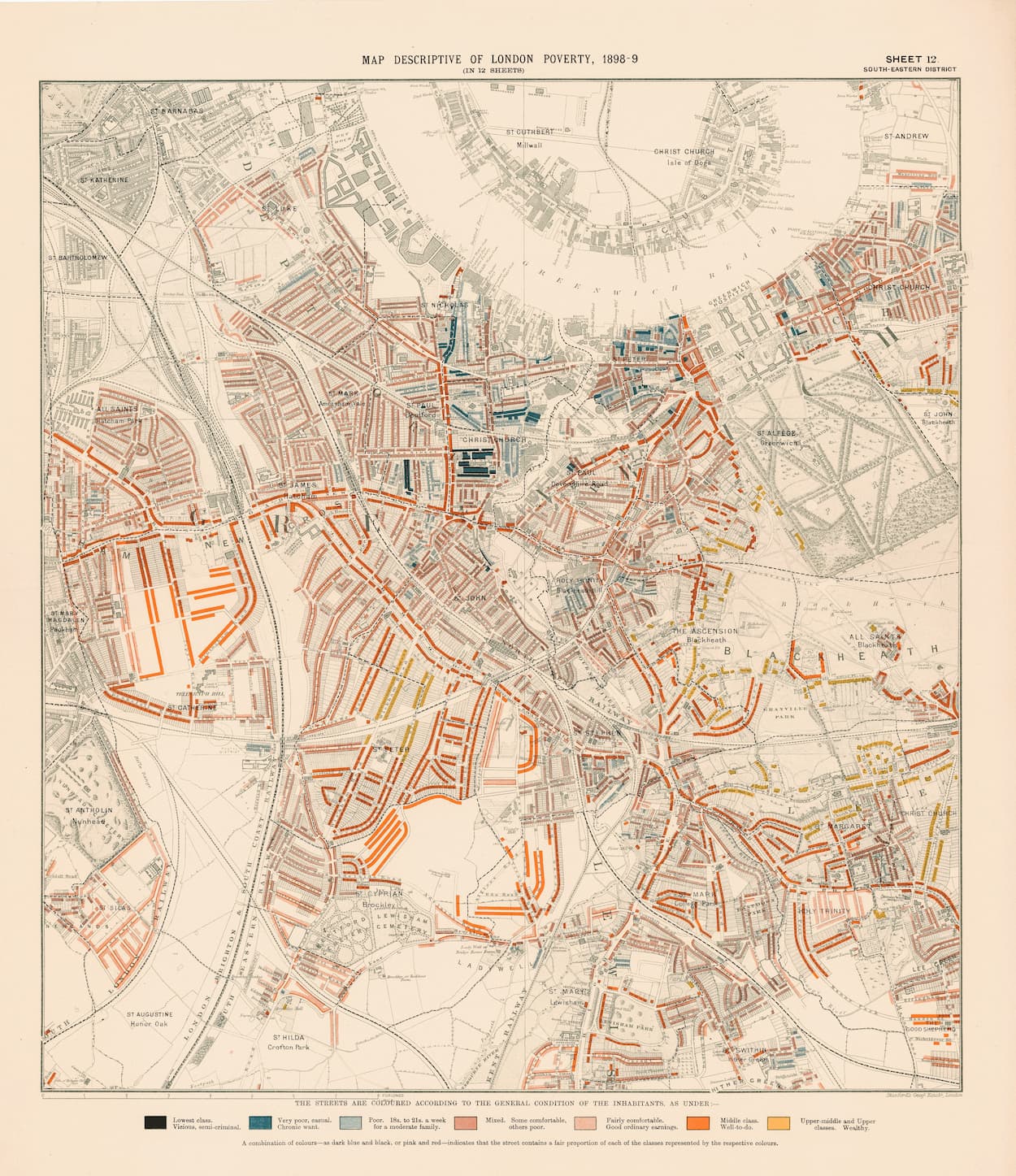To say that the world of art in London is thriving is to grossly understate the unique vibrancy and energy of one of the world’s pre-eminent artistic hubs, with a vast range of contemporary artists, bespoke framing and unique exhibitions.
With that said, however, for the majority of the city’s history, not one single visual record exists of the city itself, from its founding as Londinium in 47AD up until the middle ages.
The closest record of the city itself was the depiction of a few of its buildings on the backs of coins and medals such as this one from the era of the later Emperor Constantius capturing London from Allectus in 296.
It would then be nearly a thousand years before the next surviving depiction of London would be found in Matthew Paris’ maps of Britain, found in the Chronica Majora and Historia Anglorum.
Neither are especially detailed but do showcase several landmarks such as the then-under-construction Old St Paul’s Cathedral and the original London Bridge.
The aim of them was to help pilgrims who were travelling from London to Jerusalem know which city gate to leave from on their opening leg to Dover.
The oldest artistic depiction of London would be produced almost two centuries later and would appear in a lavish manuscript of a major French prisoner.
Charles d’Orleans was the cousin of the King of France when, during the 1415 Battle of Agincourt, he was captured and spent 25 years of his life in the Tower of London.
He would spend these decades writing and composing a variety of poems on topics ranging from contemporary politics to declarations of love. Interestingly, these poems were written both in French and English, which was a rarity during the era of the Hundred Years’ War.
During his lifetime and after his death in 1465, many of his poems would be shared and in 1483, a manuscript volume of his poetry would be created, complete with a lavish depiction of the city, and indeed the prison that he called home.
